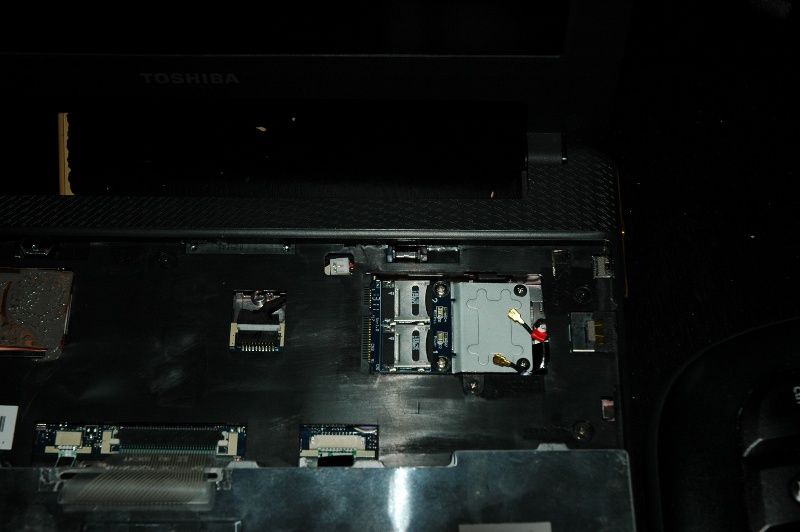Having spent a considerable amount of time, effort, and ultimately money trying to find decently performing SD, CF and USB flash modules, I feel I really need to ensure that I make the lives of other people with the same requirements easier by publishing my findings – especially since I have been unable to find a reasonable comprehensive data source with similar information.
Unfortunately, virtually all SD/microSD (referred to as uSD from now on), CF and USB flash modules have truly atrocious performance for use as normal disks (e.g. when running the OS from them on a small, low power or embedded device), regardless of what their advertised performance may be. The performance problem is specifically related to their appalling random-write performance, so this is the figure that you should be specifically paying attention to in the tables below.
As you will see, the sequential read and write performance of flash modules is generally quite good, as is random-read performance. But on their own these are largely irrelevant to overall performance you will observe when using the card to run the operating system from, if the random-write performance is below a certain level. And yes, your system will do several MB of writing to the disk just by booting up, before you even log in, so don’t think that it’s all about reads and that writes are irrelevant.
For comparison, a typical cheap laptop disk spinning at 5400rpm disk can typically achieve 90 IOPS on both random reads and random writes with typical (4KB) block size. This is an important figure to bear in mind purely to be able to see just how appalling the random write performance of most removable flash media is.
All media was primed with two passes of:
dd if=/dev/urandom of=/dev/$device bs=1M oflag=direct
in order to simulate long term use and ensure that the performance figures reasonably accurately reflect what you might expect after the device has been in use for some time.
There are two sets of results:
1) Linear read/write test performed using:
dd if=/dev/$device of=/dev/null iflag=direct dd if=/dev/zero of=/dev/$device oflag=direct
The linear read-write test script I use can be downloaded here.
2) Random read/write test performed using:
iozone -i 0 -i 2 -I -r 4K -s 512m -o -O +r +D -f /path/to/file
In all cases, the test size was 512MB. Partitions are aligned to 2MB boundaries. File system is ext4 with 4KB block size (-b 4096) and 16-block (64KB) stripe-width (-E stride=1,stripe-width=16), no journal (-O ^has_journal), and mounted without access time logging (-o noatime). The partition used for the tests starts at half of the card’s capacity, e.g. on a 16GB card, the test partition spans the space from 8GB up to the end. This is in done in order to nullify the effect of some cards having faster flash at the front of the card.
The data here is only the first modules I have tested and will be extensively updated as and when I test additional modules. Unfortunately, a single module can take over 24 hours to complete testing if their performance is poor (e.g. 1 IOPS) – and unfortunately, most of them are that bad, even those made by reputable manufacturers.
The dd linear test is probably more meaningful if you intend to use the flash card in a device that only ever performs large, sequential writes (e.g. a digital camera). For everything else, however, the dd figures are meaningless and you should instead be paying attention to the iozone results, particularly the random-write (r-w). Good random write performance also usually indicates a better flash controller, which means better wear leveling and better longevity of the card, so all other things being similar, the card with faster random-write performance is the one to get.
Due to WordPress being a little too rigid in it’s templates to allow for wide tables, you can see the SD / CF / USB benchmark data here. This table will be updated a lot so check back often.


